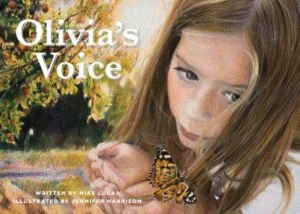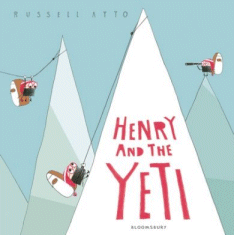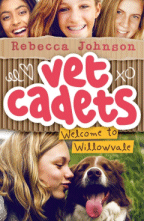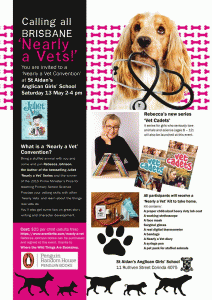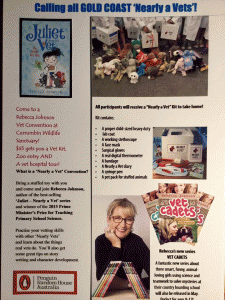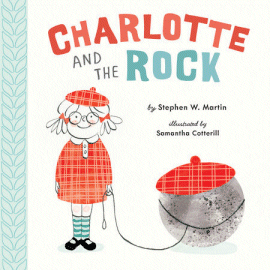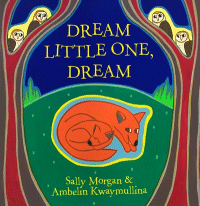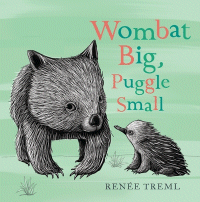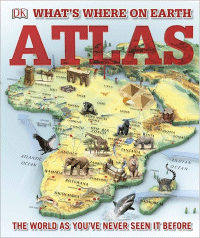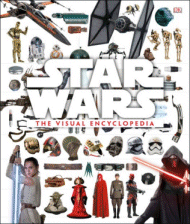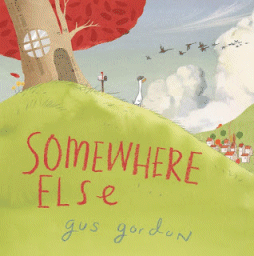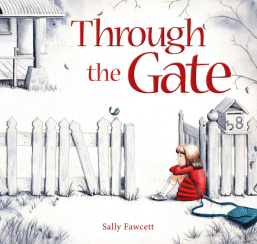Olivia’s Voice
Mike Lucas
Jennifer Harrison
Midnight Sun, 2017
32pp., hbk., RRP $A26.99
9781925227192
Imagine waking to a world of silence – no traffic, no sirens, no strident voices; no birdsong, no waves crashing no children laughing. That is Olivia’s world. But despite the lack of sound, it is still a beautiful world for her as she sees the patterns and movement of the life in the gum tree outside her window; smells the tasty fragrance of hot toast with butter; feels the soft warmth of her mother’s cheek against hers as they hug; and embraces life at school just like every child.
In this charming journey through Olivia’s day she shows us that there is still a beautiful, wondrous world to be explored even if it doesn’t have a sound accompaniment, teaching the reader to observe, enjoy and appreciate what they do have rather than mourning what they haven’t. Through photograph-like illustrations and first-person text, we see the joy Olivia finds in life and hear her voice so loudly that we can share her curiosity, her wonder and her contentment with what is rather than what isn’t.
Children with hearing impairments are part of the fabric of a classroom and they have so much more to teach us than just to look at them when we speak. Opportunities abound in this book to help our students walk a mile in Olivia’s shoes – through artwork, through music, through games and every other aspect as we encourage them to consider a world without a particular sense. Learning only occurs when we reflect on new information and situations and assimilate them into what we already know, so this would be the perfect book to encourage the children to engage with reflecting on three things that have changed their day each day, encouraging gratitude and empathy and perhaps understanding themselves and their circumstances better. Obstacles are just opportunities for us to learn, grow and know ourselves better.
Stunning, evocative, thought-provoking.
